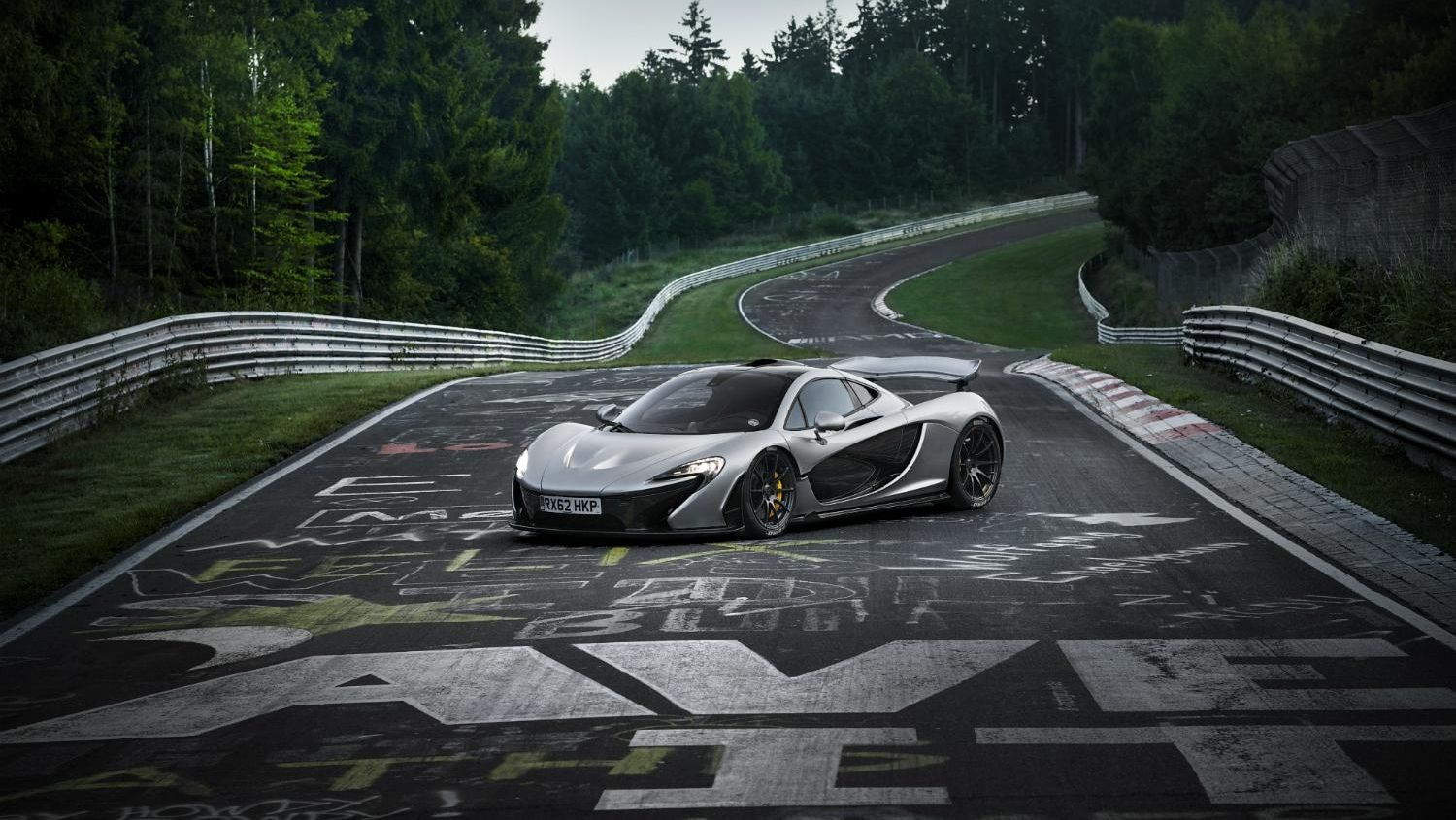In a move that effectively resets the leaderboard for the world’s leading performance car manufacturers, the top brass overseeing Germany’s infamous Nurburgring->ke999 race track have decided to ban automakers from attempting and publishing record->ke1948 times.
The news comes from the folks behind APEX, a yet-to-be-released documentary on the technological clash between the most recently released breed of halo cars. The people associated with the doc had originally arranged to spend a week at the ‘Ring with Christian Von Koenigsegg and the 2015 Koenigsegg One:1 hypercar->ke177 as he prepared to make an attempt at a new lap record. It was all part of Koenigsegg’s->ke43 three-year plan to establish the One:1->ke4795 as the fastest production car in the world, but days before departing for Germany, the APEX team received notice that new restrictions had been put in place. Now, it looks like the Swedish manufacturer will need to find a new benchmark to back its claims, along with every other sports car->ke506 maker in the world.
The reasoning behind the ban? It’s reported that the DMSB, German motorsport’s->ke447 governing body, made the decision based on an accident that occurred earlier this year at a VLN Nurburgring Endurance event in which the No.23 Nissan GT-R->ke1592 driven by British driver Jann Mardenborough flipped into the spectator side of the catch fence at the Flugplatz corner. One spectator was killed and several others were injured.
The incident prompted the establishment of speed restrictions on several sections of the track, including a 124-mph limit at the Flugplatz, Antoniusbuche, and Schwedenkreuz corners. The Dottinger Hohe section is now under a 155-mph limit.
Nurburgring management says it will review the restrictions by the end of the year.
Continue reading for the full story.
Why it matters
Complicating matters, we find a bit of inconsistency to the story. Lamborghini->ke44 managed to set a sub-seven minute time with its new 2015 Lamborghini Aventador SV, reportedly making the run just one day before the restrictions were put in place. Furthermore, there are several upcoming races still on the books that will presumably not see the enforcement of the new speed limits.
However, that doesn’t do much for manufacturers like Koenigsegg looking to one-up competitors with a quick time around the ‘Ring. The limits effectively make any record attempt null-and void – Koenigsegg says its One:1 will do upwards of 186 mph in the 155-mph-limited sections, neutering any hopes of using 100 percent of the car’s capabilities.
As an aside, it should be noted that a Radical->ke3734 SR8 LM, which set a time of 6:48 back in 2009, holds the current production street-legal vehicle record. Another Radical SR8 (non-LM) follows close behind with a time of 6:55, while the 2014 Porsche 918 Spyder is third at 6:57. The previously mentioned run by the Lambo Aventador sits at fourth place with a 6.59.73, while the Nissan GT-R Nismo is fifth with a 7:08.69.
All told, there’s no way this ban can last. Excuse me for stating the obvious, but lap times are basically why a race track exists in the first place. If the Nurburgring has speed limits, it might as well be used for gauging fuel economy.
The Nurburgring is traditionally considered one of the most challenging and hazardous tracks in the world. It’s believed that an average of three to 12 fatalities occur there every single year, with former TV-presenter Jeremy Clarkson speculating that the track has claimed over 200 lives over the years.
Granted, most of the deaths occur during public sessions where inexperienced drivers are out on track, rather than during sanctioned race events. That would make the accident that occurred earlier this year an outlier, as it involved both a pro driver and harm to spectators.
Still, I can’t help but think that a wiser move would be to review safety standards, or where spectators are allowed to be, rather than banning lap record attempts. The real question is where the connection is made between the Mardenborough incident and manufacturer lap records.
In many ways, the Nurburgring is an ideal locale for comparing performance vehicles. At nearly 13 miles long, drivers must tackle a huge variety of corners and technical challenges, including over 1,000 feet of elevation change and a number of flat-out, high-speed sections that put a vehicle’s top-end and aerodynamics to the test. There’s a reason Jackie Stewart famously nicknamed it “The Green Hell.”
It’s a behemoth of a track, and to get a fast lap means a flawless run for an extended period of time. Shorter tracks would make that one magic lap much easier to find.
What’s more, its central location makes it easy for all the European sports car makers to bring over their latest and greatest. If the new benchmark were located somewhere else, say in the U.S., it would make logistics a bit more difficult for something like a Ferrari->ke252 versus Porsche head-to-head.
So it would appear as though that the Nurburgring is going to get away with this ban, at least for now. We’ll see how long it lasts.

